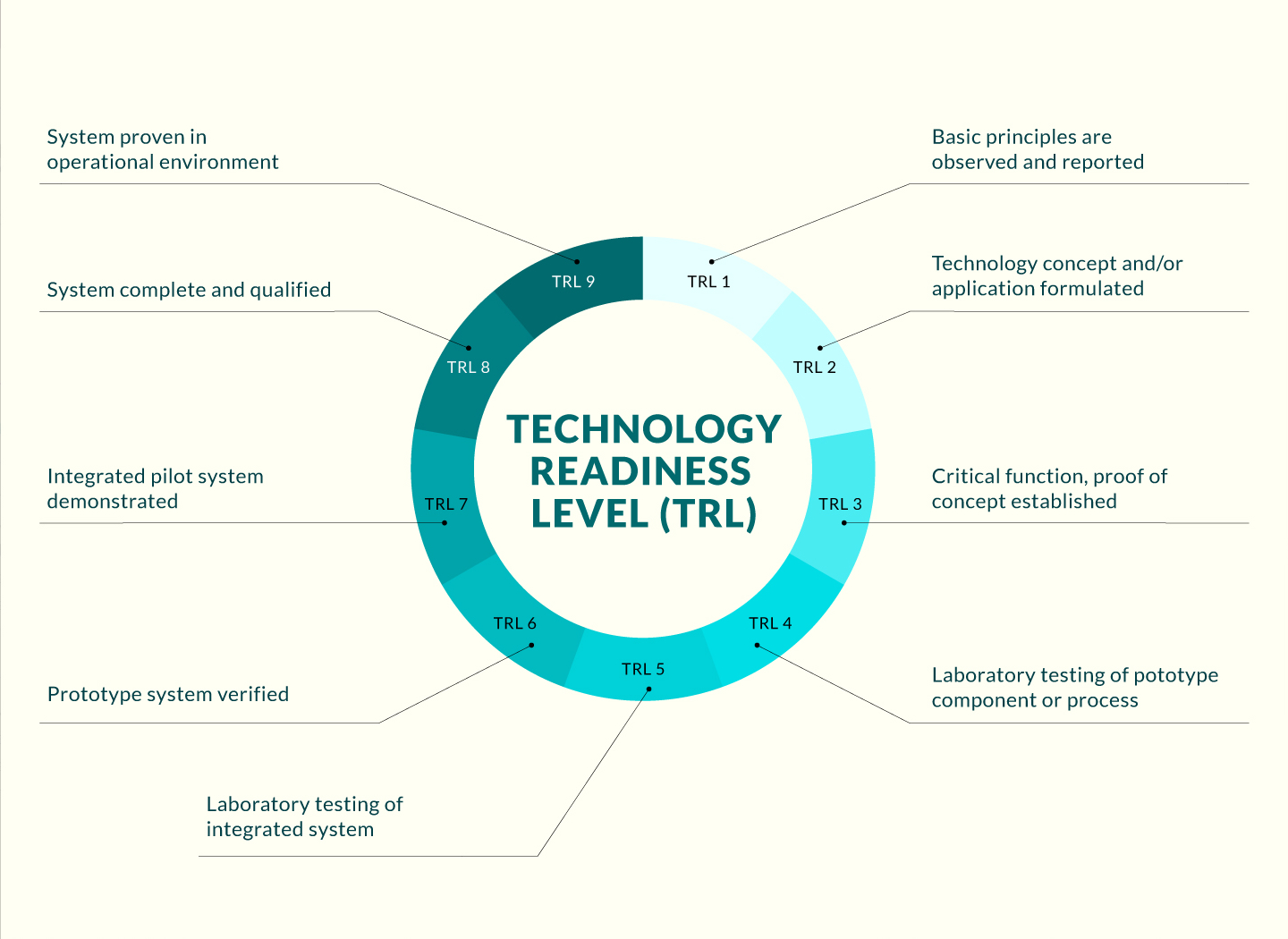
Opportunity
Matrix completion aims to determine missing entries given incomplete data by recovering a low-rank matrix from a small subset of its entries. This is an important topic in many scientific fields, because numerous types of real-world data can be modeled as low-rank matrices. Such data include certain kinds of radar signals and images. Matrix completion thus has applications in areas ranging from image inpainting to hyperspectral remote sensing and multitask learning.
Most existing approaches to matrix completion rely on knowledge of the matrix rank, which is difficult or even impossible to accurately determine in many practical scenarios. To address this problem, researchers have developed a novel algorithm for matrix completion that does not require rank information. This invention has been experimentally shown to perform better than competing algorithms, even when observations are contaminated by zero-mean Gaussian noise.
Technology
The invention is a novel algorithm for matrix completion that does not require rank information. Instead, it is based on the sum of outer products. This algorithm is referred to as adaptive rank-one matrix completion (AROMC). Unlike conventional matrix completion algorithms, AROMC can recover missing entries from an incomplete matrix without knowing the matrix rank. This is extremely important, because it is often difficult, if not impossible, to determine the ranks of real-world data. By operating from the vector viewpoint, this novel approach is able to generate continuously updated rank-one basis matrices, yielding excellent recovery performance even in the presence of Gaussian noise.
Advantages
- Unlike most existing matrix completion approaches, the novel algorithm does not require advance knowledge of the matrix rank (which is difficult to determine in practice)
- Outperforms state-of-the-art techniques in terms of matrix recovery performance in the presence of zero-mean Gaussian noise
Applications
- Collaborative filtering, a key component of machine learning and artificial intelligence (corresponding to the tasks of user prediction and recommendation)
- Hyperspectral remote sensing
- Image inpainting and restoration, e.g. the restoration of old photographs and damaged film






